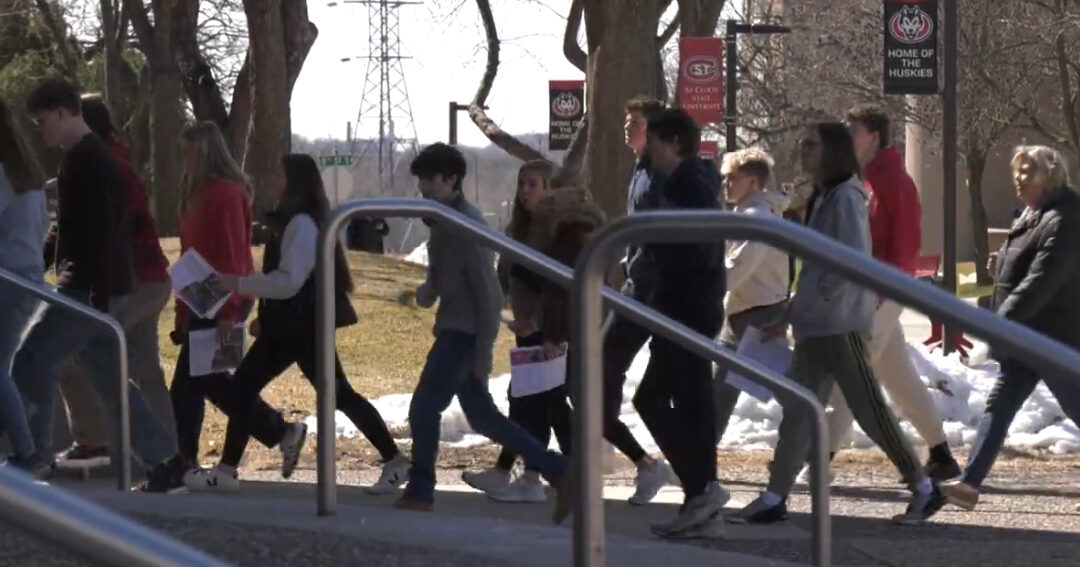Article by Alex Fern. Photo by Alex Fern.
According to the American Psychiatric Association, about 5% of adults in the U.S. are affected by seasonal depression with around 75% of those that are impacted being young adults.
Seasonal Affective Disorder (SAD), often referred to as seasonal depression, significantly impacts many college students, particularly as the days shorten and winter approaches. A key characteristic reported by students is a noticeable dip in their motivation levels, making it difficult to engage in daily activities and increasing the urge to stay in bed.
This seasonal shift in mood and energy is often linked to the reduced exposure to natural sunlight during the winter months. Sunlight plays a crucial role in regulating our body’s internal clock and the production of certain neurotransmitters that affect mood. As daylight hours decrease, this natural regulation can be disrupted, leading to feelings of fatigue, sadness, and a general lack of interest in activities that were once enjoyable.
“As soon as the sun comes out, my mood becomes 100 times better honestly,” St. Cloud State student Aysa Flatau said.
For college students already navigating the pressures of academic life, social adjustments, and often being away from home, the added burden of seasonal depression can be particularly challenging.
Recognizing the symptoms and understanding the connection to reduced sunlight is the first step in addressing this common issue and seeking appropriate support.








Recent Comments